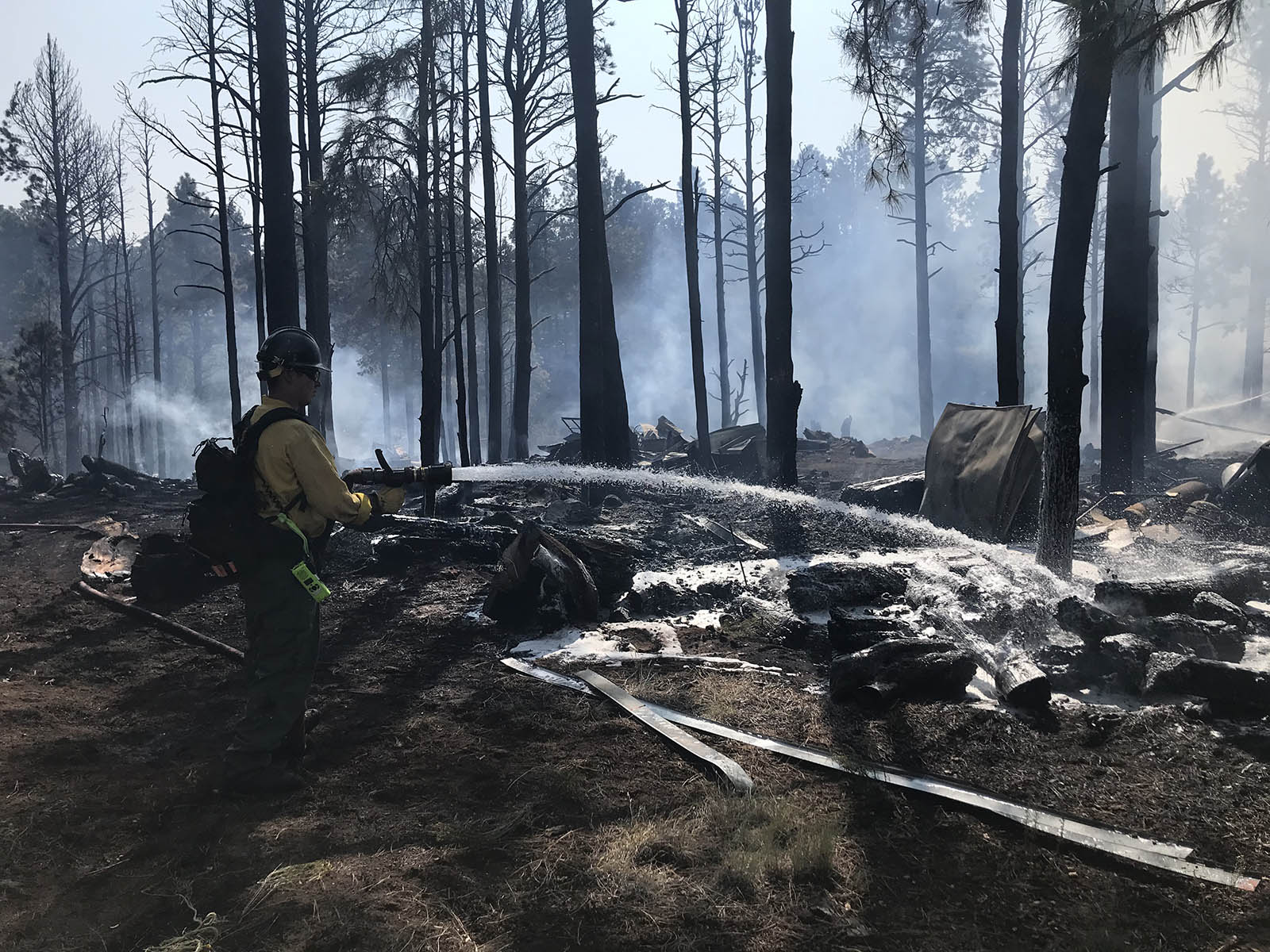Nearly one million acres have been scorched by wildfires in Arizona in 2020. Conditions are such that it takes just one human mistake or one lightning strike to set one off.
“In Arizona, we’re in an extended drought that has impacted our communities and the energy system,” said Wade Ward, a Fire Mitigation Specialist for APS. “We’ve had micro-rebounds, if you will, where things are better in one year from the last, but overall it’s just getting hotter and drier.”
Through October, 299 fires ignited within ¼ mile of our energy system assets this year. Just within the urban interface zones, which are areas of transition between wildland and human development, these assets include more than 6,000 miles of transmission power lines, nearly 30,000 miles of distribution lines, and 75,000 power poles delivering power to our customers.
While the impact to our communities was significant due to large fires this season, the impact to reliability for our customers was minimal. That’s because we don’t wait for fires to begin before preparing to respond. Our crews work year-round to mitigate the risks.
Our fire plan focuses on three key elements: prevention, mitigation and recovery.
- Prevention refers to standards and systems that help reduce the risk of loss of power to our customers for any reason. It often includes hardening key assets, like substation walls or distribution poles, to prevent fire ignitions and managing vegetation growth near equipment to limit fire risk.
We have implemented Defensible Space Around Poles as a best management practice, meaning that if we have a pole with a piece of equipment on it that has the potential to spark, we clear a minimum of 10 feet around that pole.
“We clear as best we can down to mineral soil around the base of a pole so if a wildland fire comes up to it, it has no more fuel to burn,” Ward said.
- Mitigation limits impact of events by ensuring contingency solutions are in place when fire-related service interruptions occur on our system. It focuses on adaptable technologies to address problems. Installation of microgrids, energy storage, on-site generators and use of portable substations are all examples of technology we can implement to help sustain basic service or operations in critical situations.
- Recovery includes response and rebuilding efforts following a fire. It establishes processes to assess damage and deploy crews and repair equipment. Utilizing a state-of-the-art Advanced Distribution Management System expedites the speed of restoration by providing our operators with real-time system information and the ability to operate remote devices.
“Delivering safe and reliable electricity is not just a tag phrase, it really is our objective,” Ward said.








